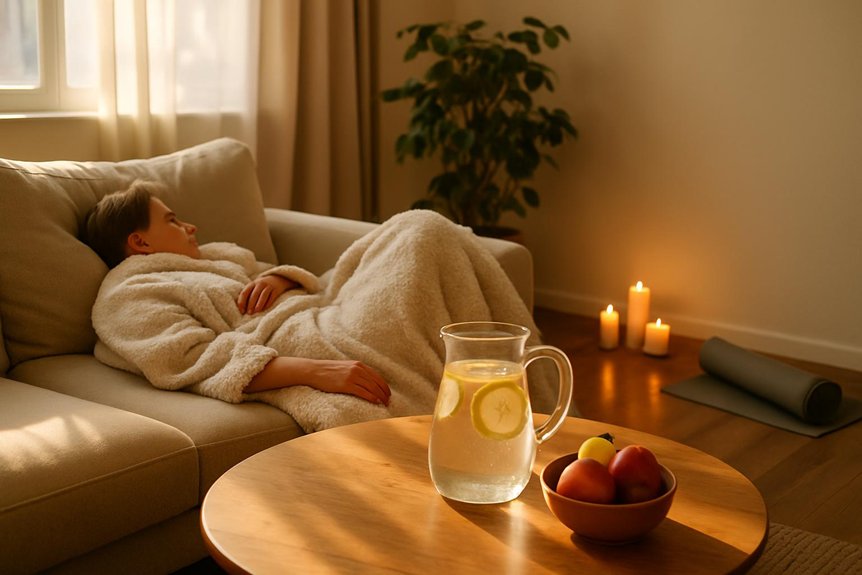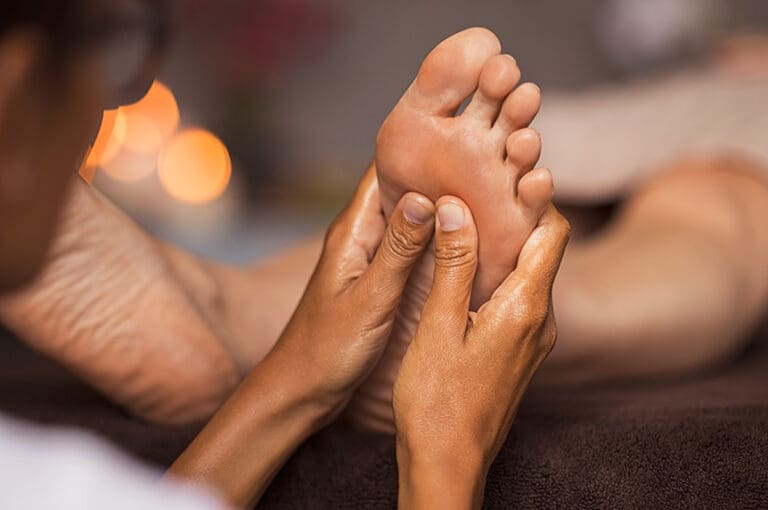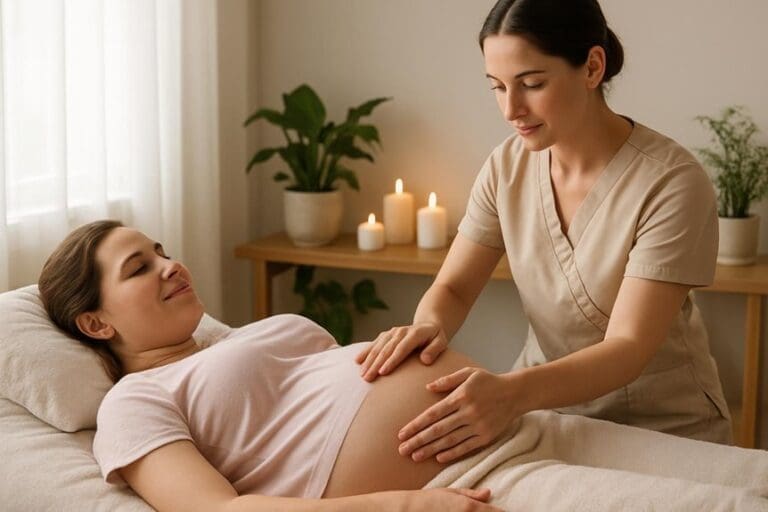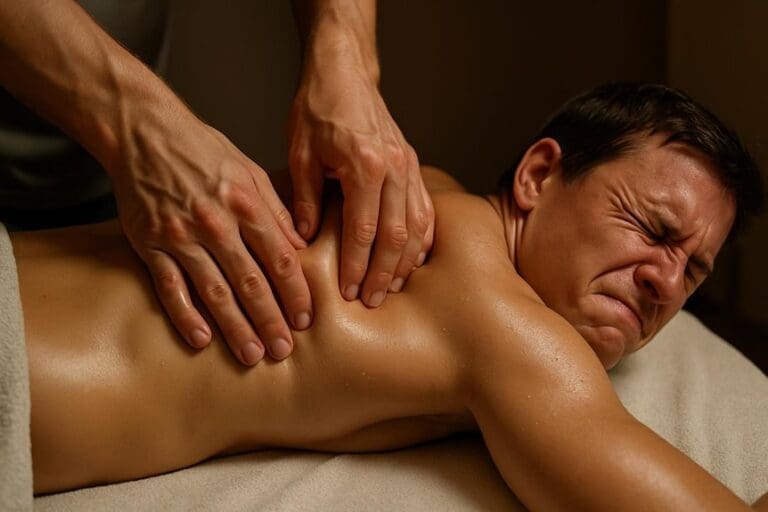After a session, individuals should focus on hydration by drinking plenty of water and choosing nourishing foods to aid recovery. Rest is essential, avoiding strenuous activity for at least 24 hours, while gentle movement and mindful stretching support circulation and muscle healing. Applying heat or cold reduces soreness, and paying attention to body signals optimizes self-care. Consistent aftercare maintains long-term benefits, and planning regular sessions supports lasting wellness. Further strategies can enhance these therapeutic effects.
Drink Plenty of Water
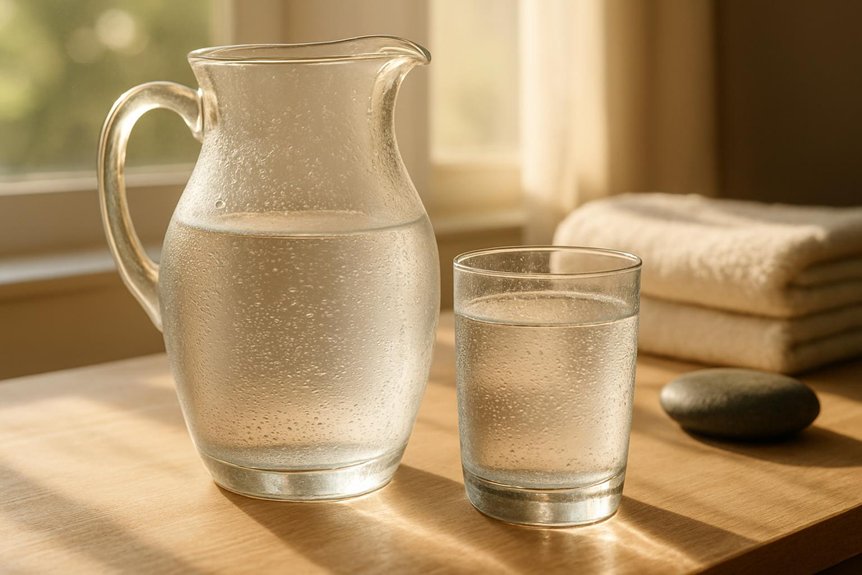
One of the most important recommendations following a deep tissue massage at Spa & Massage is to drink plenty of water. Hydration supports the body’s natural detoxification process, especially after deep tissue techniques stimulate circulation and release metabolic waste from the muscles.
Spa & Massage therapists consistently advise clients to increase water intake post-massage to help flush out these byproducts, reduce the likelihood of muscle soreness, and promote ideal recovery.
A well-hydrated body also aids tissue repair and preserves the supple, relaxed feeling achieved during the session. Clients who nurture themselves with water after their treatment often experience a deeper sense of renewal and intimacy with their own well-being.
At Spa & Massage, every small act of self-care, like drinking water, is cherished. Including aromatherapy massage in your self-care routine can further enhance relaxation and support overall wellness.
Allow Your Body to Rest
After supporting hydration post-massage, the body also benefits greatly from adequate rest. This massage technique, as practiced at Spa & Massage, initiates significant changes in muscle fibres and fascia, sometimes leading to temporary soreness or fatigue.
Rest allows the body to process these effects, optimizing the healing and relaxation responses elicited by the treatment. Clients are encouraged to listen closely to their bodies following a session, prioritizing light activities and gentle movement rather than rigorous exercise.
Research suggests that rest after massage helps the nervous system recalibrate, reducing stress hormones and supporting tissue recovery.
At Spa & Massage, therapists recommend setting aside quiet time for relaxation, allowing the benefits of skilled touch to settle deeply. Embracing stillness fosters lasting well-being and maximizes therapeutic gains.
Apply Gentle Heat or Cold
When mild discomfort or localized tenderness arises following a massage, the application of gentle heat or cold can support the body’s natural recovery process.
At Spa & Massage, therapists often recommend a warm compress or a soft ice pack, depending on each client’s unique response. Heat can help soothe muscle tension and promote circulation.
While cold may reduce inflammation and numb residual soreness.
It is important to use these methods for brief intervals—typically 10 to 15 minutes—to avoid irritation.
Clients are encouraged to listen to their bodies and choose what feels most comforting.
This thoughtful approach, embraced by our team, nurtures post-massage well-being and encourages a sense of calm, supporting the restorative intentions behind every session offered at our clinics.
Stretch Carefully
Although this type of massage effectively releases muscular knots and tension, muscles may remain sensitive immediately after a session.
At Spa & Massage, therapists advise clients to approach post-massage stretching with care and mindfulness. Gentle, slow stretches can encourage lasting flexibility and support the body’s natural healing process, but aggressive or deep stretching may disrupt delicate tissue recovery.
Short sessions focusing on major muscle groups—such as the neck, shoulders, and lower back—are beneficial when performed with patience and attention to comfort. The goal is to nurture the body, not to push its limits.
Many clients find that mindful breathing during stretching enhances relaxation and fosters a deeper connection to their physical well-being, reflecting the holistic philosophy practiced at Spa & Massage clinics.
Eat Nourishing Foods
After a massage, consuming nourishing foods can help replenish essential nutrients and support muscle recovery.
Spa & Massage therapists recommend meals rich in lean proteins, healthy fats, and fresh vegetables to optimize the body’s natural healing processes.
Proper nutrition complements the therapeutic benefits of massage, contributing to overall well-being and faster restoration.
Replenishing Vital Nutrients
A key aspect of effective aftercare following a massage is replenishing essential nutrients by consuming nourishing foods. After a massage, the body’s circulation is enhanced, and metabolic waste is flushed away, increasing the need for indispensable nutrients to aid recovery and maintain balance.
At Spa & Massage, therapists recommend clients focus on whole foods rich in vitamins, minerals, and lean proteins. Fresh fruits, leafy greens, nuts, and seeds provide antioxidants that support cellular repair, while complex carbohydrates help restore energy.
Hydrating foods, such as cucumbers and oranges, further assist in rebalancing fluids. Prioritising nutrient-dense choices not only extends the benefits of the massage but also fosters a deeper sense of wellbeing, aligning with the holistic approach embraced at Spa & Massage.
Supporting Muscle Recovery
Why is nutrition so essential to muscle recovery following a massage? Deep muscle therapy stimulates circulation, encourages the release of metabolic waste, and prompts the body’s natural repair processes.
Eating nourishing foods rich in lean protein, healthy fats, complex carbohydrates, and antioxidants supports these processes by aiding tissue repair and reducing inflammation. At Spa & Massage, therapists recommend clients enjoy balanced meals featuring fresh vegetables, whole grains, and quality protein sources shortly after their session.
Hydration also plays a crucial role, helping transport nutrients while flushing out toxins. By prioritising nutrient-dense foods, clients optimise recovery and enhance the long-lasting benefits of their massage.
Consistent, mindful nutrition aligns with Spa & Massage’s philosophy of holistic well-being and personalised aftercare for every guest.
Pay Attention to Your Body
After a massage, it is important for individuals to pay close attention to how their body responds. Noticing lingering muscle soreness and tracking changes in energy or mood can help identify normal aftereffects versus signs that may require further support.
At Spa & Massage, therapists encourage clients to be mindful of these responses to promote ideal recovery and well-being.
Notice Lingering Muscle Soreness
Because this kind of massage works intensively on the muscles and connective tissues, it is common for clients to experience some lingering muscle soreness in the hours or days that follow.
At Spa & Massage, therapists advise acknowledging this natural response as a sign that tension and adhesions have been addressed at a deeper level.
Mild discomfort is generally temporary and can be eased with gentle stretching, hydration, and warm baths, all of which support the body’s healing processes.
Clients are encouraged to listen closely to their bodies, noting the difference between expected post-massage tenderness and any unusual pain.
Should soreness persist beyond a few days or intensify, Spa & Massage therapists recommend reaching out for tailored advice, ensuring that every client feels nurtured and supported throughout their recovery.
Monitor Energy and Mood
While this massage frequently brings a profound sense of relaxation, it can also prompt noticeable shifts in both energy levels and mood. It is not uncommon for clients at Spa & Massage to notice heightened alertness, a gentle fatigue, or emotional waves following treatment.
These responses are natural, reflecting the body’s adjustment to released tension and improved circulation. Spa & Massage therapists encourage clients to observe their energy and emotional state in the hours after a session, allowing time for rest or gentle activity as needed.
Should fatigue or emotional sensitivity arise, embracing these sensations with patience supports the body’s healing process. By tuning in to these subtle changes, individuals can maximise the therapeutic benefits and nurture greater self-awareness between sessions.
Avoid Strenuous Activity
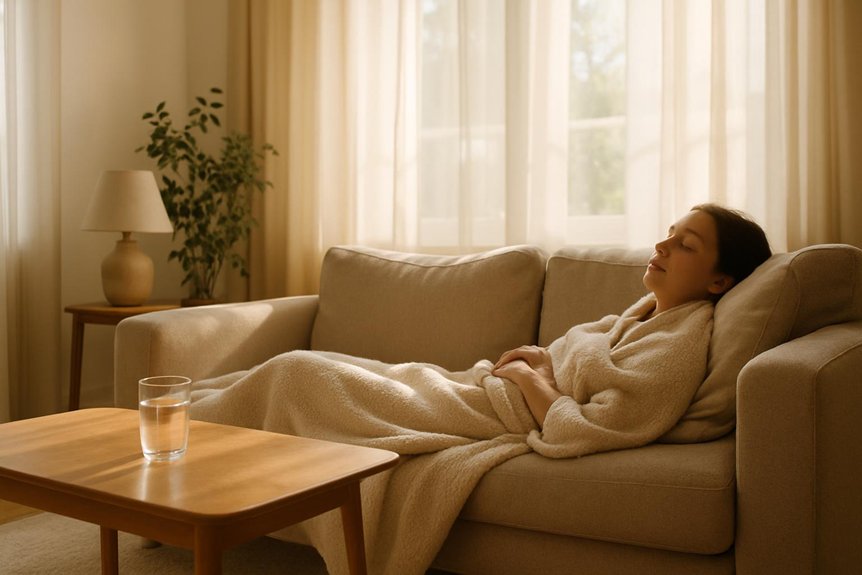
Once a therapeutic deep massage session concludes, the body’s muscles and connective tissues often require time to recover and recalibrate. At Spa & Massage, therapists advise clients to avoid strenuous activity for at least 24 hours following treatment.
This pause allows the body to fully benefit from the therapeutic effects, minimising the risk of soreness or strain that might arise from overexertion. Activities such as intensive workouts, heavy lifting, or vigorous exercise can impede the body’s natural recovery process.
Instead, gentle movement—like walking or light stretching—is encouraged to support circulation without taxing freshly worked tissues. By respecting these boundaries, clients create space for lasting relief, allowing the results of their massage to integrate more deeply, both physically and emotionally, into their overall wellness journey.
Support Muscle Recovery
An effective approach to supporting muscle recovery after a massage session involves a combination of hydration, gentle movement, and rest.
At Spa & Massage, therapists recommend drinking plenty of water to help flush out metabolic waste released during treatment.
Light activities such as walking or gentle stretching can enhance circulation and ease any residual tension.
Clients are encouraged to listen to their bodies, allowing for restorative downtime when needed, which supports tissue repair and renewal.
Applying a warm compress or taking a soothing bath may further relax muscles and promote comfort.
These aftercare practices, grounded in evidence and experience, help maximise the therapeutic benefits of deep muscle therapy and foster a deeper sense of wellbeing, nurturing both body and mind long after leaving the clinic.
Schedule Your Next Massage
For sustained muscle health and ongoing wellbeing, scheduling the next massage appointment is a proactive step recommended by the therapists at Spa & Massage.
Regular sessions help maintain the benefits achieved in each treatment, preventing tension from redeveloping and supporting long-term mobility.
Spa & Massage therapists advise that most clients benefit from follow-up appointments every two to four weeks, though the ideal frequency depends on individual needs, lifestyle, and goals.
By booking in advance, clients ensure their self-care remains consistent and meaningful.
This commitment fosters a deeper connection to one’s own body, allowing the therapeutic effects of this massage to accumulate over time.
Spa & Massage’s experienced team is available to discuss a personalised plan, ensuring each client’s wellbeing journey is nurtured with care.
Conclusion
As the soothing effects of a deep muscle therapy settle in, clients may wonder what subtle changes await in the hours ahead. By following Spa & Massage’s aftercare advice—hydrating, resting, and listening to the body—they release the full potential of their treatment. Could the key to lasting well-being be in these simple steps? Only time and mindful aftercare will reveal just how transformative a single massage session can truly be.
